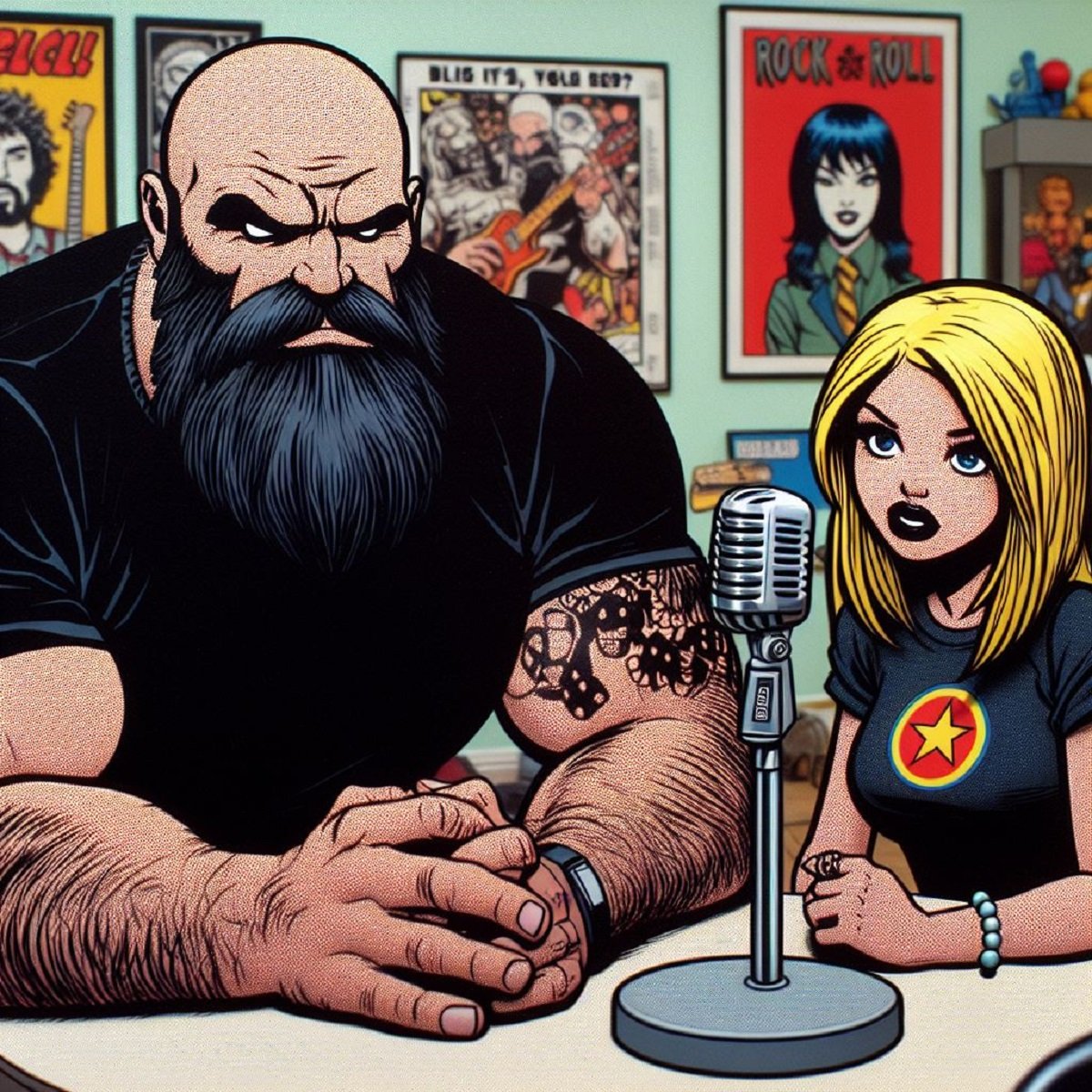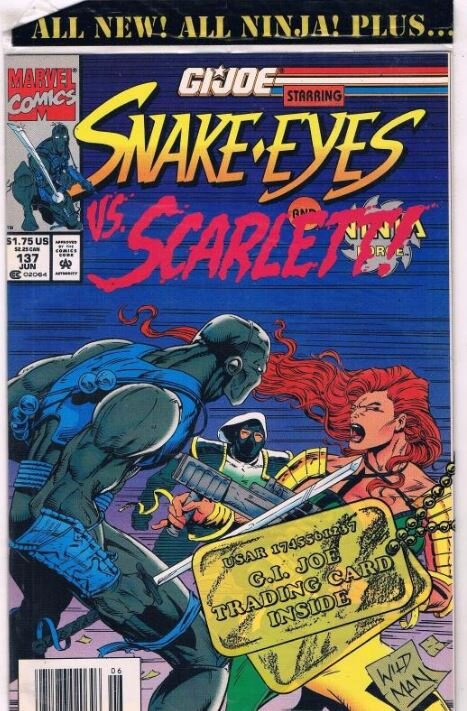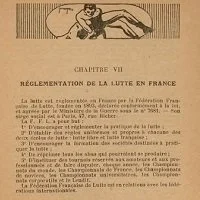I was honored to be asked to participate in the Super-Blog Team-Up for 2020 and when I heard what the theme was this year, I became double-sized, chrome covered, and blood splattered excited! The topic is comic book gimmicks!
The 1990s were a ridiculous excess of collector-mania. People would buy comics, sometimes by the dozens, to get variant covers, linticular covers, chrome covers, and my least favorite of the bunch- polybagged gimmick covers. I really didn’t mind the silly cover gimmicks that didn’t take away from the comic book experience. I remember especially liking Ghost Rider issue 15 (from the Danny Ketch era) which glowed in the dark and Silver Surfer issue 50 with a shiny chrome Silver Surfer front and center.
Chasing down variants and gimmick covers was sort-of fun in a collector kind of way. I’m almost willing to bet there is someone out there, probably in my age group, who predominately collects gimmick comic book covers. But there was one gimmick which I hated- the polybag.
It might seem a little odd that this particular comic book gimmick would rub me the wrong way. After all, what do most comic book collectors do once they have read a comic? Bag and board them, of course! But that’s the problem. Any alteration to comic book, including unsealing it from a factor sealed polybag immediately downgrades the value of a book.
The polybags also usually contained some other sort of gimmick like a trading card. In the case of X-Force issue 1, the comic book wasn’t only polybagged but there were five different trading cards bagged inside that you had to chase down… oh yeah, and you couldn’t see which card you got. It was a mystery, so you had to chase down more than five issues, usually, to get all five cards. Then, you couldn’t really collect the cards because breaking open the polybag knocked the comic grade down substantially and… oh yes, biggest problem of all was you couldn’t actually read the comic book inside without tearing open the bag.
It was the worst gimmick of all because if you wanted a near mint collection of a comic book and you wanted to actually read the same comic book, then you had no choice but to buy two issues. It was a money grab plain and simple. I remember being infuriated when my favorite comic book series, G.I. Joe: A Real American Hero pulled this trick with issues 135-138. G.I. Joe: ARAH was struggling already and this made it that much worse.
Finally, let’s don’t forget the best example of all of this. The comic book which very nearly killed the entire comic book industry in 1992: Superman issue 75, the polybagged Death of Superman issue. This was the apex of the speculator boom. Everybody thought they would put together a gimmick filled comic book collection and, in about twenty years, put their kids through college with them. DC Comics knew a mark when they saw one and capitalized on it by “killing” off Superman and polybagging the issue it happened in.
It worked, in one sense, the comic book and it’s various multi-printings sold over six-million copies. Obviously, six-million of any comic book isn’t going to be worth anything down the road because, well, there are six-million of them out there. Speculators soon realized they’d be played and the comic book industry has never really recovered.
When gimmicks, shiny covers, and silly distractions take the place of good, imagination inspiring stories, they change from being an enhancement to being a detriment and that is what happened in the 1990s with comic books and, in my opinion, the polybag was the dirt worst of all of them. At least I can read my Ghost Rider 15, turn out the lights, and appreciate the cool cover. Good luck reading the sealed G.I. Joe issue 135, even a ninja couldn’t do it.
Check out and support the other participating members of this years Super-Blog Team-Up! Follow them (and us) on social media and spread the word about what we are doing!
Super-Hero Satellite: 70s-80s Photo Covers. A snapshot of pre 90s era of gimmicks, the evolution of a trend through the years.
Chris is on Infinite Earths (Blog): Chris is on Infinite Earths (Blog): Adventures of Superman #500 (White Bag/Lenticular Cover/etc.)
Chris is on Infinite Earths (Podcast): Episode 33: Team Titans #1 (1992) Five Variant Covers… and five variant stories!
Comic Reviews by Walt: The '90s Revisited: Shiny Covers
Source material: Spider-Man Torment (issues 1-5) by Todd McFarlane
ComicsComicsComics.blog: Daredevil 319-325 Fall from Grace. Gimmick covers and a new costume
The Telltale Mind (Geoff) - Worlds Collide - The Intercompany Crossover
Between The Pages: Guerrilla Marketing
Unspoken Issues: Darkhawk #25
Dave's Comic Heroes Blog: Connected Covers gimmicks- New Teen Titans 37 - Batman and the Outsiders 5
In My Not So Humble Opinion: It Came From the 1990s: Force Works #1- Pop-Up Cover
Black & White and Bronze Comics Blog: Spectacular Spider-Man Magazine 1968. Stan Lee’s foray into the magazine format.
Pop Culture Retrorama: Chromium… Glow In The Dark Covers
DC in the 80’s - Gimmick Comics
If you found this article interesting consider becoming a Patreon supporter. That is how When It Was Cool keeps our website and podcasts online, plus you get lots of bonus content including extra and extended podcasts, articles, digital comics, ebooks, and much more. Check out our Patreon Page to see what's up!
If you don't want to use Patreon but still want to support When It Was Cool then how about a one time $5 PayPal donation? Thank you!




























